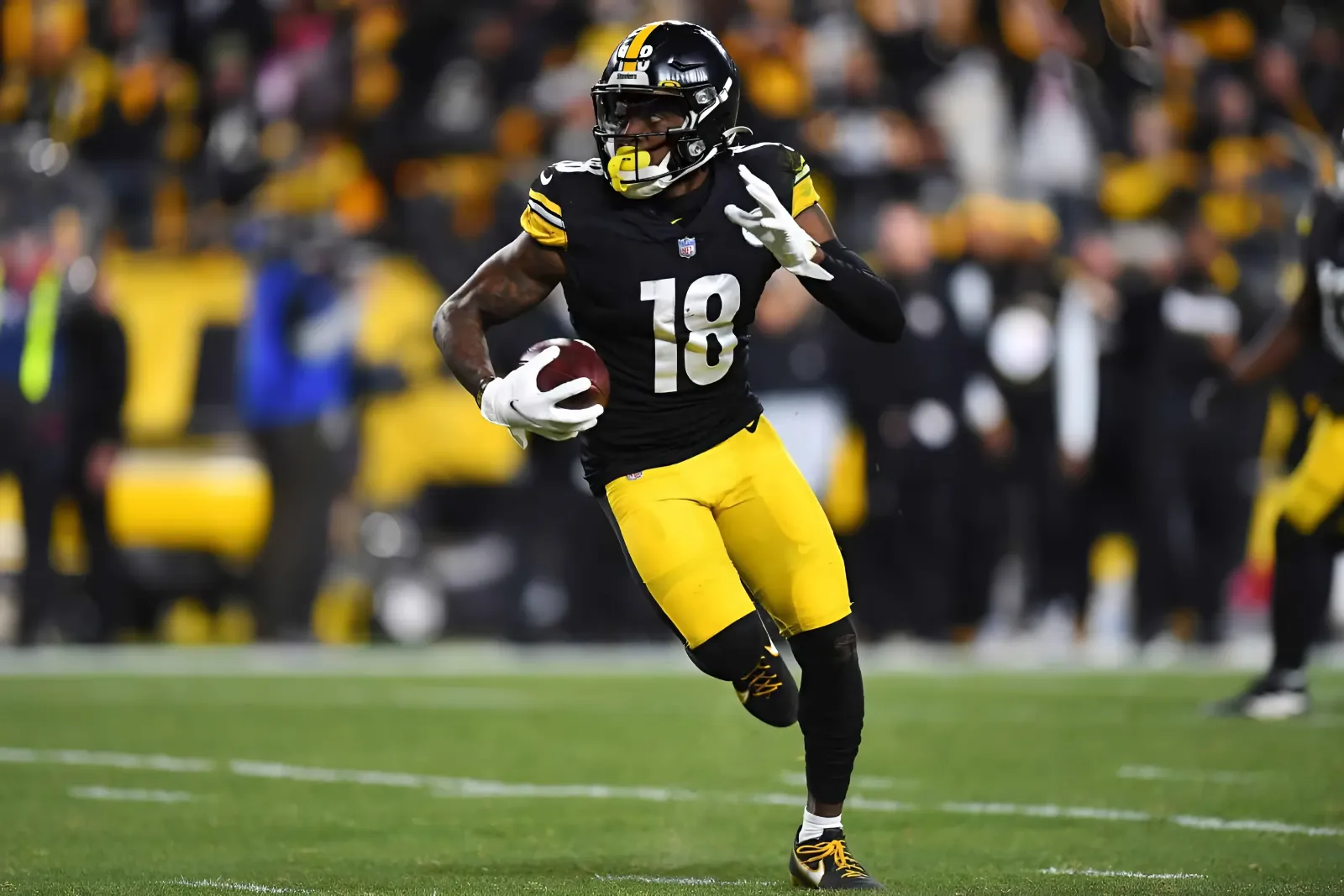Summary
- The new spin-off The Ones Who Live avoids the overused hero or child savior trope, focusing on Rick's struggle to reunite with his family.
- The series introduces exciting new characters, exploring survival and tough decisions in a post-apocalyptic world.
- While other shows in the franchise rely on the hero trope, The Ones Who Live cleverly avoids this angle, adding depth to Rick's journey home.

The Walking Dead isn’t the only show to rely on a particular overused trope. Call it the hero or child savior story, the father figure or daddy (mommy) role. It’s central to shows like The Last of Us; it’s the focus of The Walking Dead: Daryl Dixon and is even part of the story in The Walking Dead: Dead City.
The Walking Dead: The Ones Who Live, the latest spin-off in the franchise, narrowly avoided repeating this overused trope. There was a brief tease that could have turned into something more. But thankfully, the storyline didn’t go that route. From there, it continues as a story of survival, much like all the other shows in the franchise. The characters must make tough decisions and stand up for the ones they love, sometimes at great cost. The series features exciting new characters as well as the return of other old ones, like Jadis, who fans of the spin-off The Walking Dead: World Beyond know is in a great position of power with the CRM.
Avoiding the Child Savior Trope Was a Good Idea
It was made clear from the opening scene that Rick tried to escape multiple times, desperate to get back to his family. In the most shocking moment of episode 1, he hacks off his hand in an attempt to free himself from shackles, finally bringing a brutal moment from the comics on which the series is based to the television version.
Despite rejecting offers for years to join the CRM, a light bulb goes off in Rick when his friend Esteban (Frankie Quinones) innocently mentions how much more access Rick would have to try to escape if he were a soldier. Fast forward to a year’s worth of training and a newly fitted prosthetic hand (complete with blade), and Rick starts plotting. He finds a way to escape through an underground tunnel (thanks to Esteban’s help) and plots his plan during a routine run.
But just when Rick is about to descend into a grate to the underground to presumed safety, he spots a young girl who screams in horror as he kills a walker who had bitten him, thankfully only reaching his armor. It turned out this walker was her undead father. “No, no, no!” Rick screams, mostly because his morals won’t let him leave this very much alive girl to die. At this point, it seems like that hero/savior storyline might come into play. Who is this mysterious little girl, and will she become the one who gives Rick the motivation to keep going?
Thankfully, The Walking Dead: The Ones Who Live avoids this trope. Instead, Pearl Thorne (Lesley-Anne Brandt) arrives in the nick of time to save the girl and tells Rick she knows what he’s up to. She also warns him that, despite what he might believe, Okafor (Craig Tate) knows who he is, meaning he knows Rick’s family. Even if Rick managed to escape to safety, his family would never be safe. Okafor would be ordered to hunt them down before Rick got to them.
The little girl presumably survives, and we get a bit of her backstory from Thorne. She lived in a community at a museum, and when it was overrun by walkers, she hid inside a sculpture, listening to the screams of others outside as they were being eaten alive. She then spent time traveling with her parents, who had both turned, wandering aimlessly with them, not knowing where else to go. She eventually ended up in the wrong place at the wrong time and thwarted Rick’s escape plans.
Child Savior Trope Is Used in the TWD (And Similar) Universes
The Walking Dead: Daryl Dixon drew comparisons to The Last Of Us
Some fans thought The Walking Dead: The Ones Who Live might get caught up in this trope again because they have seen it numerous times already. Immediately when The Walking Dead: Daryl Dixon began, it drew comparisons to The Last Of Us, another post-apocalyptic story. Based on the video game, it’s about a man named Joel (Pedro Pascal) tasked with bringing a young girl, Ellie (Bella Ramsey), to a safe location, believing she might hold a cure to the virus.
The same happens in The Walking Dead: Daryl Dixon when Daryl (Norman Reedus) ends up in a convent in France where a nun named Isabelle (Clemence Poesy), who saves his life, asks for a favor. She wants him to help get a young boy named Laurent (Louis Puech Scigliuzzi) to a safe location. She and the others believe he’s some type of Messiah and is destined to lead a new version of humanity. Despite the marked similarities to the plot of The Last of Us, the trope works here thanks to Daryl’s hardened, loner personality juxtaposed with his softer affinity for protecting kids.
How The Walking Dead: Dead City Addresses The Trope
In The Walking Dead: Dead City, another recent spin-off, when Maggie (Lauren Cohan) reunites with Negan (Jeffrey Dean Morgan) in New York, she finds that he has a young companion. She’s a teenager named Ginny (Mahina Napoleon) with trauma-induced selective mutism. He took her under his wing following the tragic death of her father, which triggered her inability to speak. Even when Negan tries to leave Ginny behind in the safe community of Hilltop, she escapes and travels to New York City to find him. He’s the only safe haven she knows and trusts.
Similar versions of the trope have also been explored throughout the main The Walking Dead series with different characters. After the prison attack, baby Judith is presumed dead until it’s revealed that hero Tyreese (Chad E. Coleman), with the help of Carol (Melissa McBride), rescued her. Together, the two raise the baby alongside Mika (Kyle Kenedy) and Lizzie (Brighton Sharbino). That is, until the tragic event that ends their pseudo-nuclear family, and they eventually reunite with the group.
Carol, meanwhile, lives by this savior trope through much of the series. So much so that in Season 10, following the horrifying death of Henry (Matt Lintz) at the hands of Alpha (Samantha Morton), she begins hallucinating, seeing all the children that died under her watch. It starts with her own biological daughter Sophia (Madison Lintz), continues with Mika and Lizzie, and ends with Henry. She’s haunted by these children she took under her wing and couldn’t save in the end.
The trope works in the right scenarios, but it’s best for shows like The Last of Us, where it fits with the core premise. The dynamic between Joel and Ellie in that show makes the series so enthralling, particularly as he grows closer to the sarcastic, lippy young woman while still grieving the loss of his own teenage daughter. For a young child to come into Rick’s life when he has been separated from Judith for so long and doesn’t even know that RJ exists would divert too much from his drive to get home.
It's good that The Walking Dead: The Ones Who Live avoided this angle. The nameless little girl may reappear in some fashion down the line, or maybe she’ll never be seen again. Either way, fans are OK with that. The only kids Rick needs to see now are his own, and the hope is that by the end of the series, he gets there. The Walking Dead: The Ones Who Live airs on AMC and AMC+ every Sunday, with the first two episodes available now.



